Dracaena Plant
- October 25, 2023
- 0 comment
Dracaena plants are a popular and visually striking choice for indoor and outdoor decor, known for their vibrant foliage and air-purifying properties. These ornamental plants belong to the genus Dracaena, which encompasses a wide variety of species and cultivars, each with its unique features.

Dracaena plants are characterized by their long, sword-shaped leaves that can be green, red, or variegated, depending on the species. They are relatively easy to care for, making them a favorite among both novice and experienced gardeners. Their ability to thrive in low light conditions, coupled with their air-purifying qualities, makes them a fantastic addition to homes and offices.
Dracaena plants are not only aesthetically pleasing but also contribute to improved air quality by removing toxins like formaldehyde and benzene. Whether you opt for the popular Dracaena marginata with its striking red-edged leaves or the more classic Dracaena fragrans, these plants add a touch of natural beauty to any space while enhancing the overall quality of the environment.
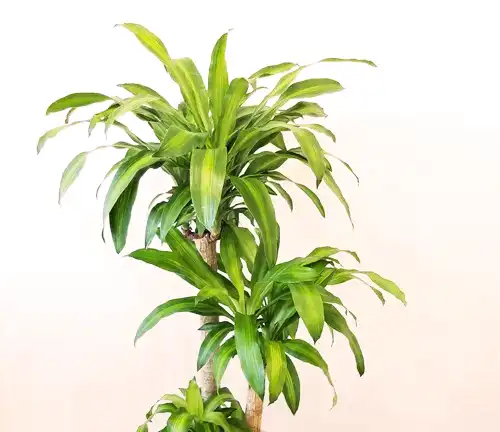
| Characteristics | Description |
| Scientific Name | Dracaena spp. |
| Common Names | Dracaena, Dragon Tree |
| Family | Asparagaceae |
| Genus | Dracaena |
| Growth Habit | Upright, bushy, single-stem or multi-stem |
| Foliage | Long, sword-shaped leaves; green, red, or variegated |
| Size | Varies by species, typically 2-10 feet indoors |
| Light Requirements | Low to moderate light (indirect sunlight) |
| Watering | Allow soil to dry between watering; moderate water needs |
| Soil Type | Well-draining potting mix |
| Temperature Range | 65-80°F (18-27°C) |
| Humidity | Tolerant of average indoor humidity |
| Maintenance | Pruning for shaping; occasional fertilization |
| Toxicity | Toxic to pets (cats and dogs) if ingested |
| Air-Purifying Qualities | Effective at removing indoor air pollutants |
| Common Varieties | Dracaena marginata, Dracaena fragrans, Dracaena reflexa, Dracaena deremensis |
| Indoor/Outdoor | Suitable for both indoor and outdoor settings |
| USDA Hardiness Zones | Varies by species; generally, 10-12 |
Botanical Beauty of Dracaena Plant
The Dracaena plant, with its captivating blend of ornamental charm and air-purifying prowess, stands as a testament to the inherent beauty of nature. As a part of the Asparagaceae family, this botanical gem has found a place in homes and gardens around the world. Its striking sword-shaped leaves, which can come in various shades of green, red, or variegated patterns, are not only visually appealing but also contribute to improved indoor air quality. This botanical beauty graces our living spaces with an evergreen elegance that’s hard to match.

Woodland Elegance
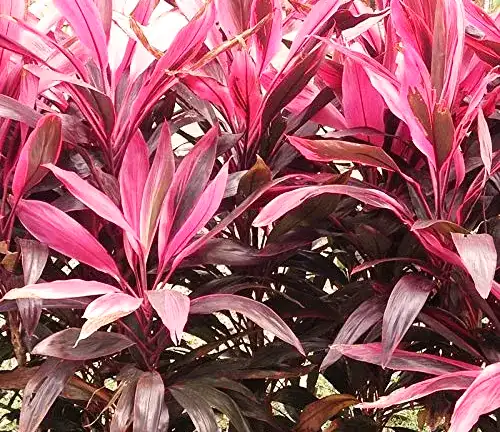
The Dracaena’s graceful foliage brings a touch of woodland elegance to any environment. Whether you opt for the dramatic Dracaena marginata with its striking red-edged leaves or the more classic Dracaena fragrans with its glossy green fronds, these plants exude an aura of tranquillity reminiscent of a forest glade. The tall, slender stems of many Dracaena species give them an almost tree-like appearance, making them an excellent choice for those seeking to bring a touch of the wild indoors.
Ecological Importance
Beyond their aesthetic appeal, Dracaena plants play a crucial role in ecological balance. In their natural habitats, which range from Africa to Central America, Dracaenas support diverse ecosystems. They provide shelter and sustenance to various wildlife, including birds and insects. Some species of Dracaena are known to be habitat-specific, making them integral components of local ecosystems. Conserving these plants is not just about aesthetics; it’s about preserving the intricate web of life that relies on them.
Cultivation and Conservation
Cultivating Dracaena plants can be a rewarding experience, both for seasoned gardeners and newcomers. These hardy plants are relatively easy to care for, thriving in low light conditions and with minimal maintenance. However, it’s essential to balance our enjoyment of these plants with their conservation. Some Dracaena species are endangered due to habitat loss and over-harvesting. Ensuring that they are ethically sourced and that conservation efforts are in place is crucial to preserve these botanical treasures for future generations.

Fragrance
While Dracaena plants are primarily admired for their visual appeal, some species surprise with their delightful fragrance. Dracaena fragrans, often known as the “corn plant” or “fragrant Dracaena,” emits a pleasant, sweet scent from its flowers, making it a double delight for the senses. The fragrance of these blooms can infuse a room with a soothing ambiance, enhancing the overall experience of having a Dracaena plant in your space.
Soil Stabilization
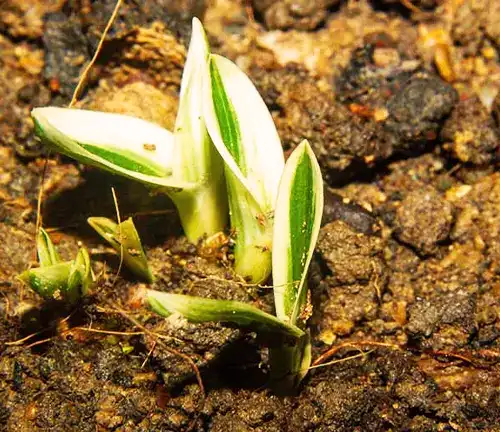
In their native habitats, Dracaena plants play an essential role in soil stabilization. Their extensive root systems help prevent soil erosion, especially in areas prone to heavy rainfall or strong winds. By anchoring the soil, they contribute to maintaining the structural integrity of their ecosystems, a benefit that extends far beyond their aesthetic qualities.
Common Uses
Dracaena plants have a diverse range of applications beyond home and garden décor. In some cultures, they hold symbolic or ceremonial significance, such as in Feng Shui practices. Their leaves are often used in traditional medicine for their potential healing properties. Moreover, the sap and resin from Dracaena species have historical uses, including as ingredients in incense and varnishes.
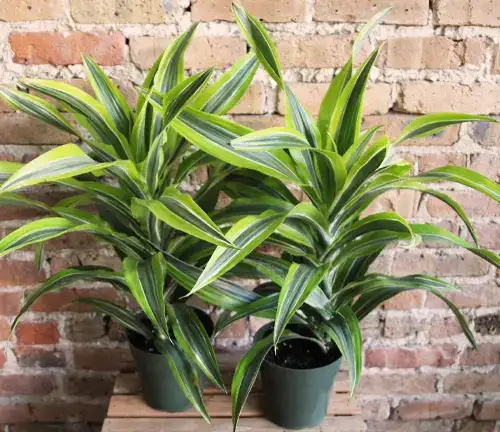
Benefits
The benefits of having Dracaena plants in our lives are multifaceted. They enhance the visual appeal of any space with their unique and elegant foliage, while also purifying the air we breathe by removing toxins. Additionally, they bring a touch of nature to our homes and contribute to the preservation of ecosystems in their native habitats. Caring for Dracaena plants encourages a sense of responsibility toward the environment and serves as a gentle reminder of the beauty and importance of our natural world.
Different Species
Dracaena marginata
(Madagascar Dragon Tree)
This popular Dracaena species is known for its slender, red-edged leaves, which can vary in color and create an elegant appearance. It’s a favorite choice for indoor and outdoor landscaping.
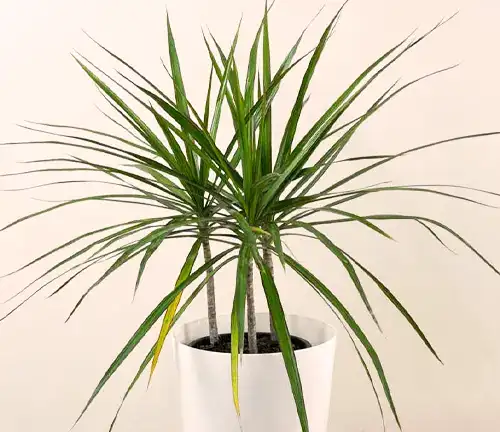
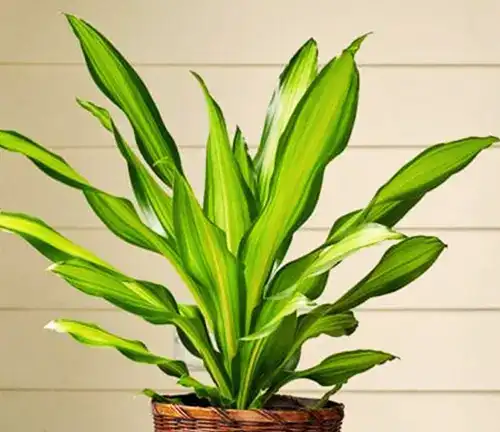
Dracaena fragrans
(Corn Plant)
With its glossy, dark green leaves, the Dracaena fragrans is often grown as a tall, tree-like houseplant. It’s appreciated for its lush appearance and sometimes fragrant blooms.
Dracaena reflexa
(Pleomele or Song of India)
Dracaena reflexa features variegated leaves with yellow or cream stripes, adding a unique visual appeal to gardens and indoor spaces.
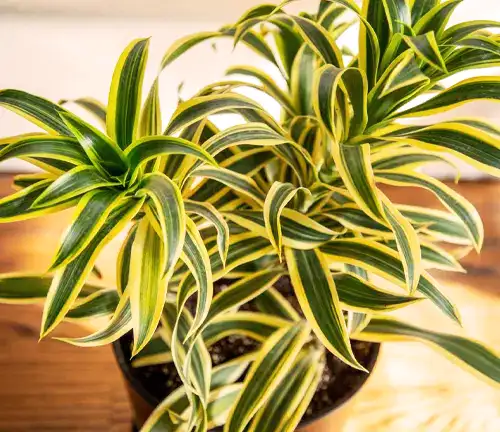
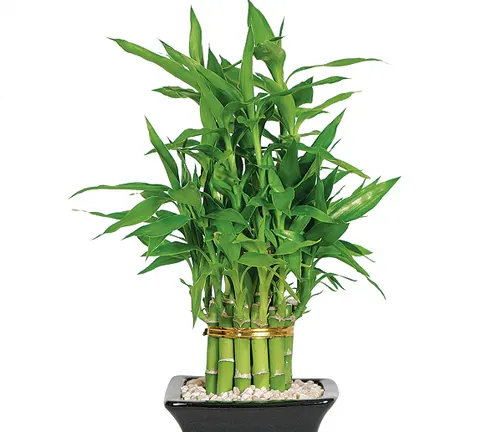
Dracaena sanderiana
(Lucky Bamboo)
This species is known for its bamboo-like appearance and is often used in feng shui practices. It is typically grown in water and can be found in various arrangements.
Dracaena deremensis
(Warneckii, Janet Craig, Lemon Lime)
Dracaena deremensis comes in various cultivars, including Warneckii with striped leaves, Janet Craig with dark green, sword-like leaves, and Lemon Lime with variegated foliage.
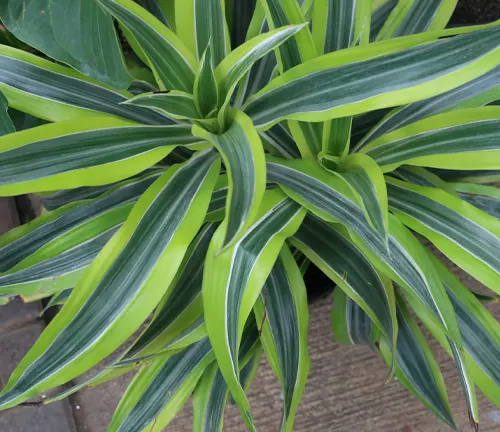

Dracaena surculosa
(Gold Dust Dracaena)
This smaller Dracaena species is characterized by its unique speckled appearance, with green leaves covered in golden spots.
Dracaena arborea
(Tree Dracaena)
This species can grow into a tree-like form with a woody stem and lush green foliage.
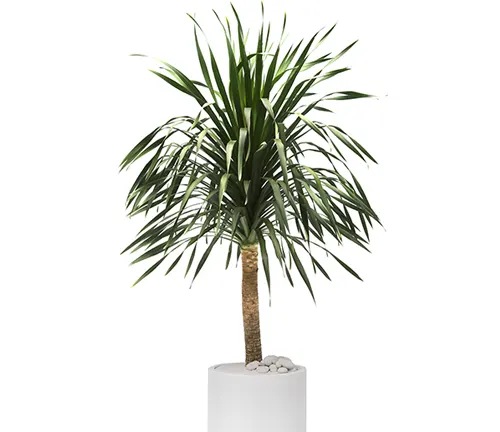

Dracaena cinnabari
(Dragon’s Blood Tree)
Native to Socotra, an island off the coast of Yemen, this striking Dracaena species is known for its umbrella-shaped crown and its bright red resin known as “dragon’s blood.”
Dracaena mahatma
(Mahatma Plant)
With its long, thin green leaves, this species has a unique architectural quality, making it a distinctive choice for indoor decor.
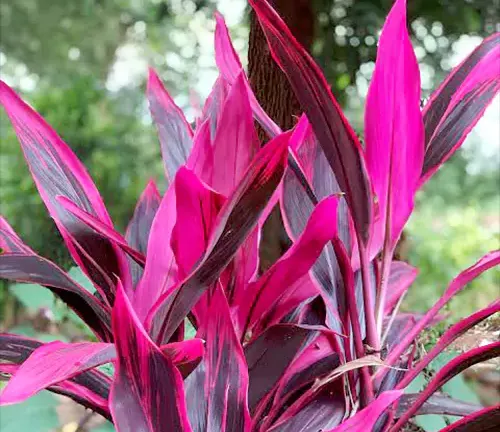
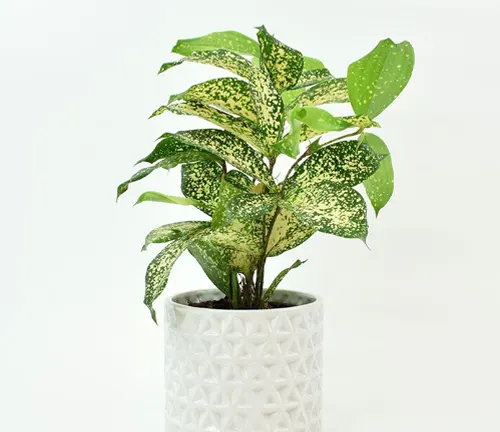
Dracaena godseffiana
(Spotted Dracaena)
This Dracaena species is recognized for its attractive foliage with cream-colored spots, adding a touch of style to indoor settings.
Frequently Asked Questions (FAQs)
- What is a Dracaena plant?
Dracaena is a genus of ornamental plants known for their attractive foliage. They are commonly grown as houseplants and are appreciated for their aesthetic appeal. - How do I care for my Dracaena plant?
Dracaenas are generally low-maintenance. They thrive in indirect sunlight, require moderate watering (let the soil dry between waterings), and benefit from well-draining soil. Regularly dust the leaves to keep them clean. - Are Dracaena plants toxic to pets?
Yes, Dracaena plants can be toxic to cats and dogs if ingested. It’s essential to keep them out of reach of pets to avoid potential health issues. - Can Dracaena plants tolerate low light conditions?
Yes, many Dracaena species are adaptable and can tolerate low light, making them suitable for indoor spaces with limited natural light. - How often should I fertilize my Dracaena plant?
Fertilize your Dracaena plant every 2-4 weeks during the growing season (spring and summer) with a balanced, water-soluble fertilizer. Reduce fertilization during the dormant period (fall and winter). - What are the benefits of having a Dracaena plant indoors?
Dracaenas are known for their air-purifying qualities, helping to remove toxins from indoor air. They also add a touch of natural beauty and tranquility to living spaces. - What are the common problems that Dracaena plants can face?
Common issues include leaf browning, yellowing, or dropping due to overwatering or underwatering. Pests like spider mites and mealybugs can also be a problem. - How can I propagate my Dracaena plant?
Dracaenas can be propagated through stem cuttings. Allow the cuttings to root in water or soil. It’s essential to use a clean, sharp tool to make the cut. - Can Dracaena plants be grown outdoors?
Some Dracaena species can thrive outdoors in tropical or subtropical climates. They may not tolerate frost, so consider the climate and specific species when planting them outside. - How do I choose the right Dracaena variety for my space?
Consider factors such as available light, space, and personal preferences. Some varieties are more suitable for low light, while others may require brighter conditions. - Are Dracaena plants prone to diseases?
Dracaenas can be susceptible to root rot if overwatered. Providing well-draining soil and proper watering practices can help prevent this issue.






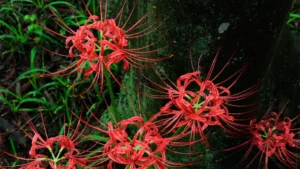

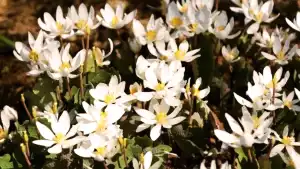

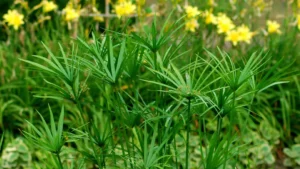

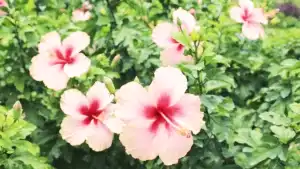
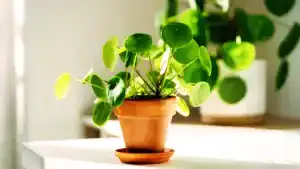
Leave your comment